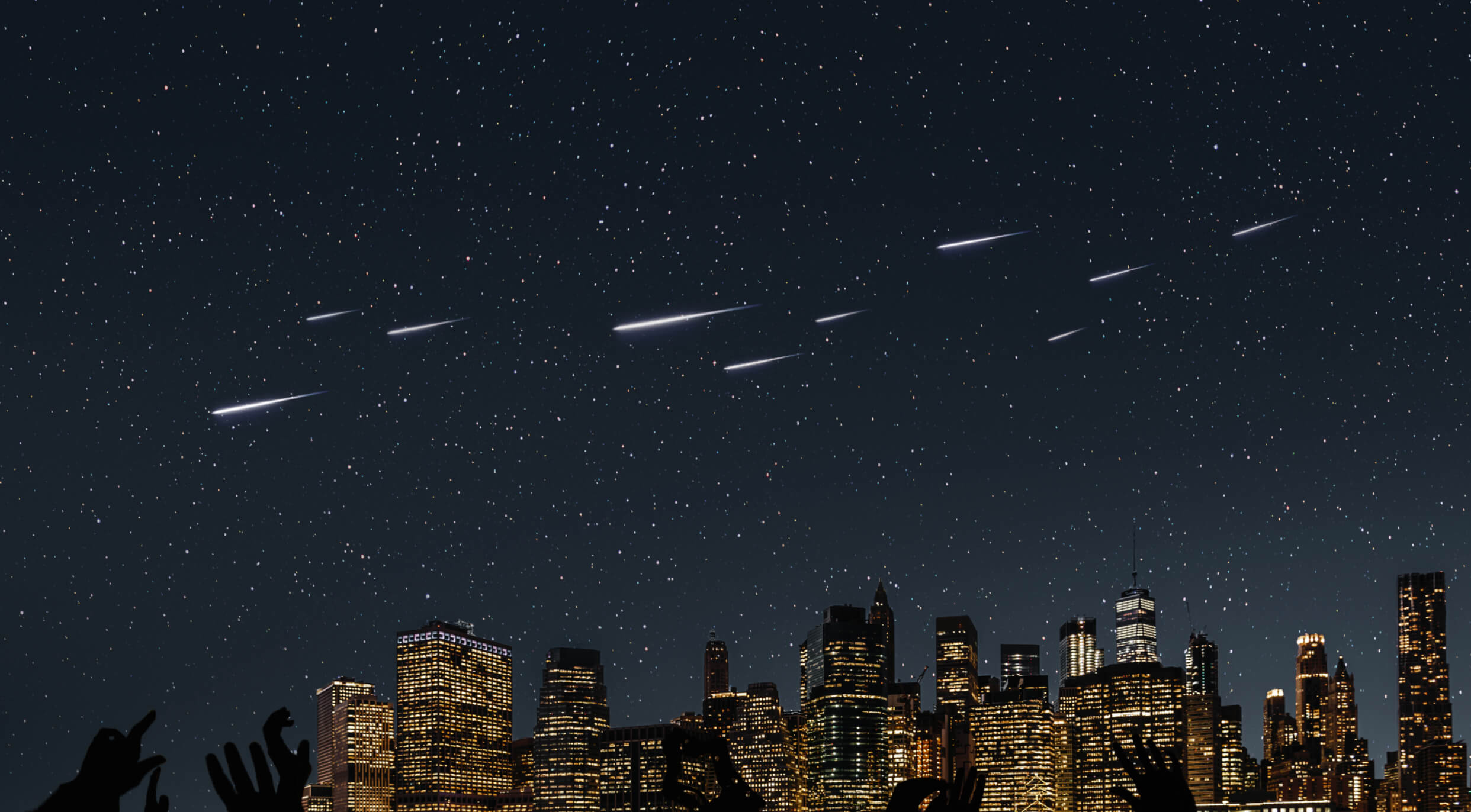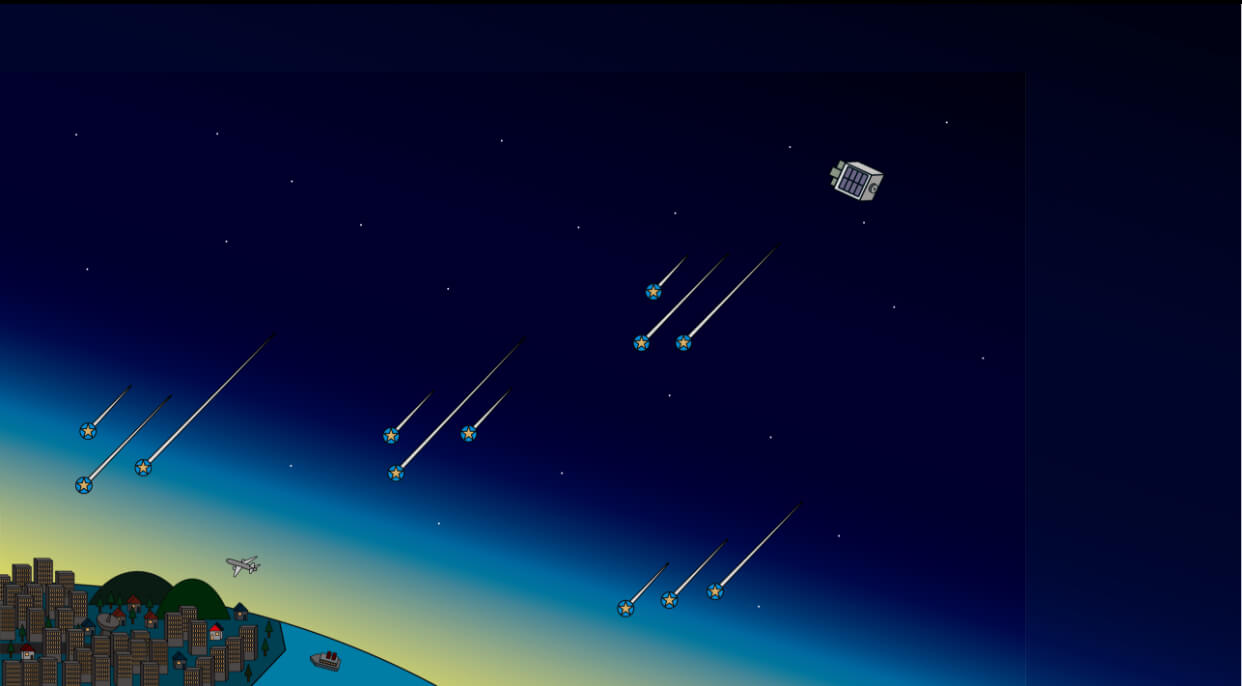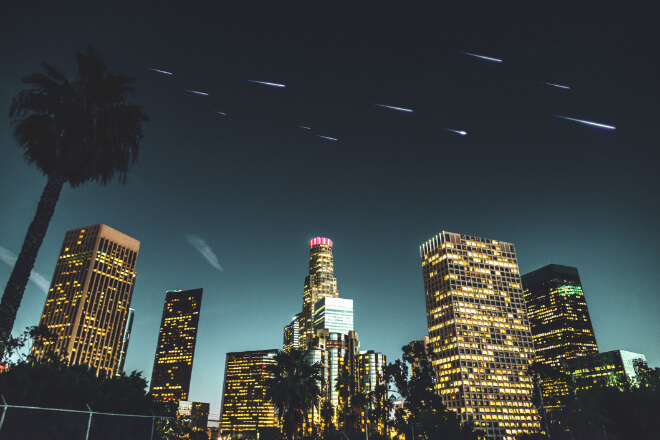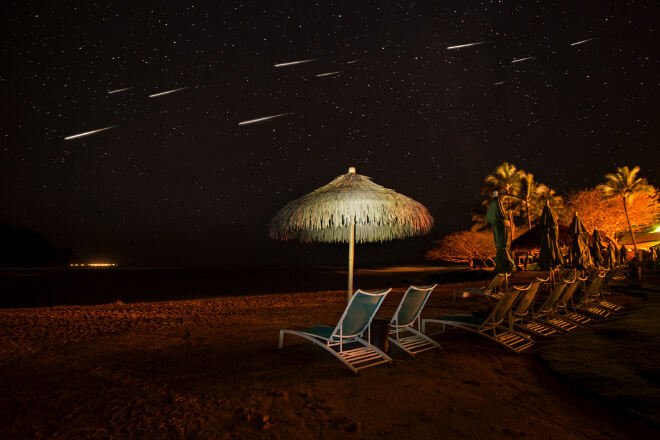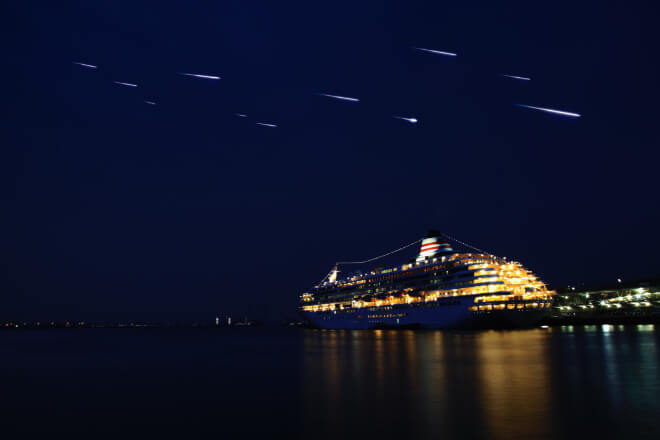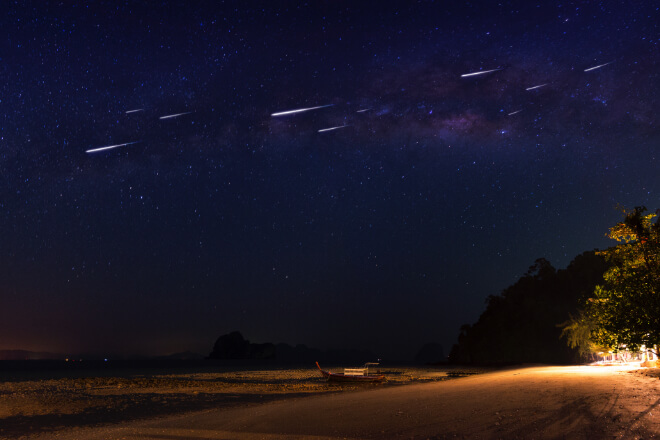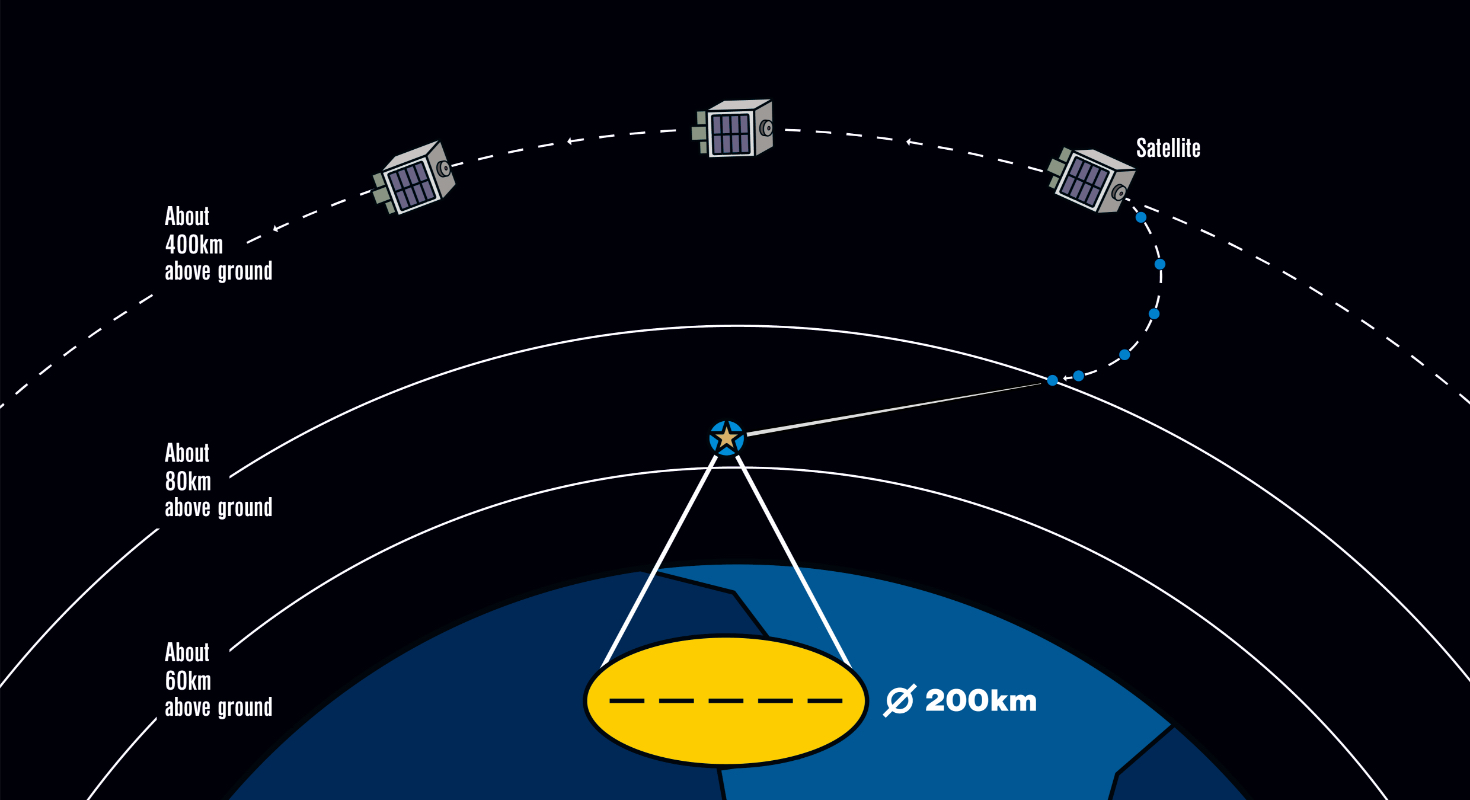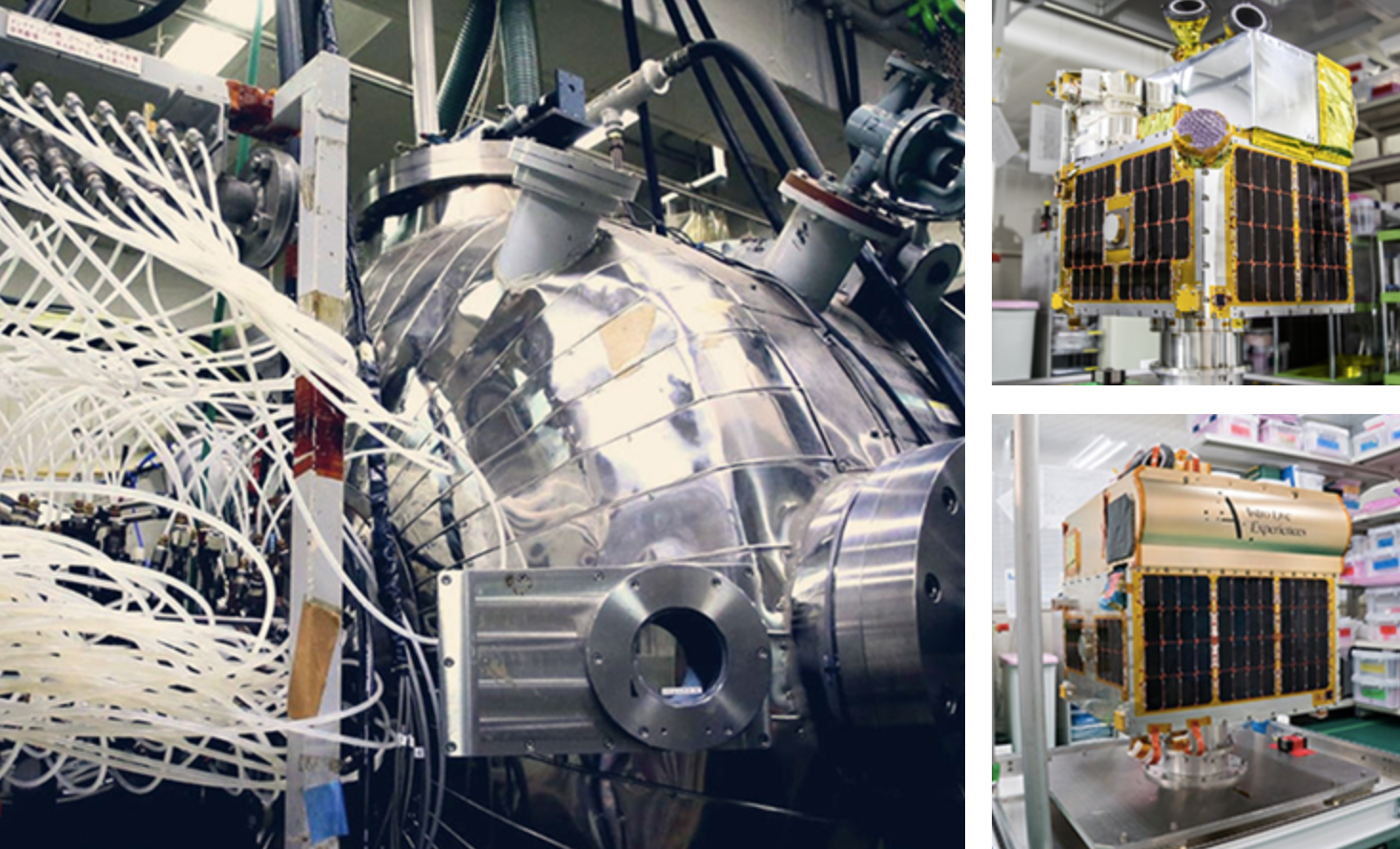SKY CANVAS
Painting the sky with
the science of shooting stars.
By transforming the night sky into a showcase for human-made shooting stars,
Sky Canvas offers entertainment on an unprecedented scale.
Using a proprietary technology that enables satellites to create shooting stars,
people over a wide area can marvel at a stunning sight at the same time.
But Sky Canvas is more than just entertainment.
A starry sky inspires wonder, which sparks scientific curiosity,
the driving force behind humanityʼs progress.
The data obtained from studying the path and light emission of shooting stars
also helps shed light on the mechanisms of climate change.
Born of a meteor shower, this initiative not only helps advance
scientific knowledge but also makes space closer for all of humankind.
A whole new level of large-scale spectacle for live entertainment
Using the power of the shooting star, a border-less content that can deliver dreams, hopes and aspiration, it can bring people together from different generations, gender and nationalities.
We offer you an extraordinary astronomical experience that everyone can share anywhere in the world.
